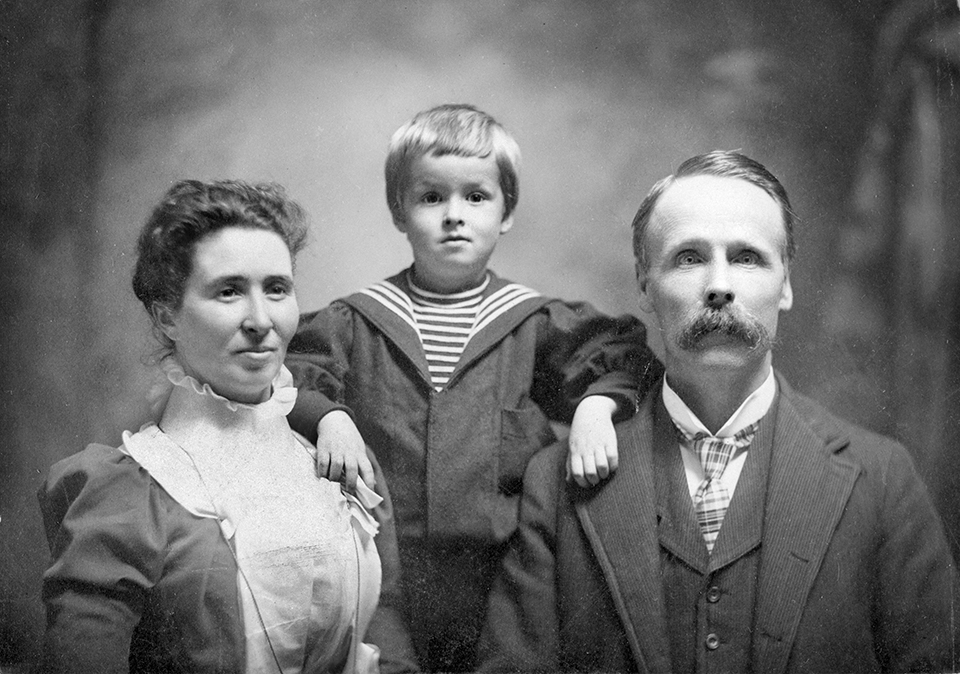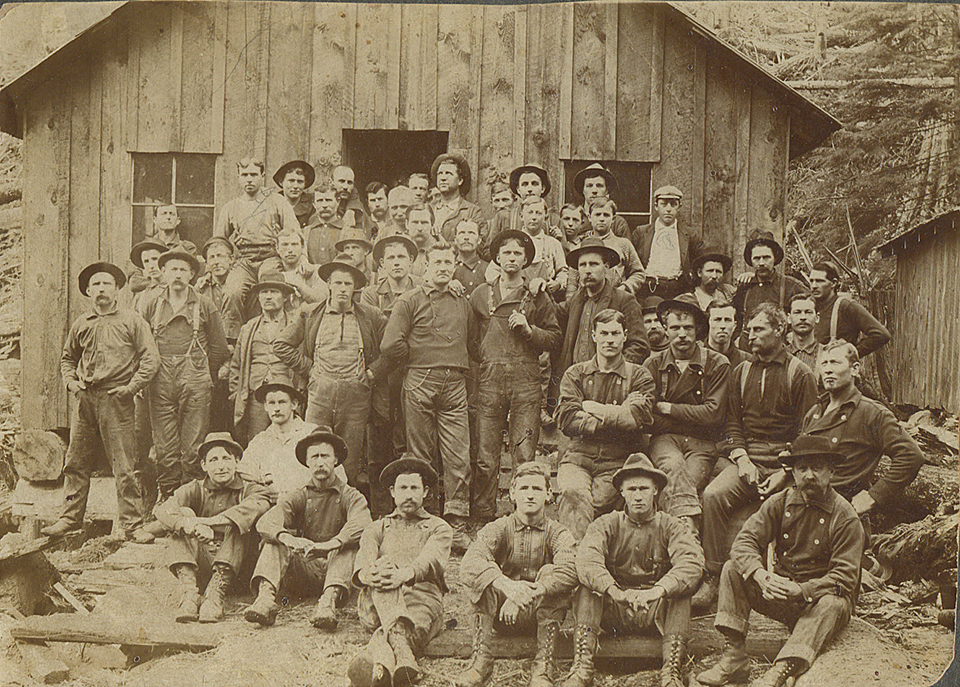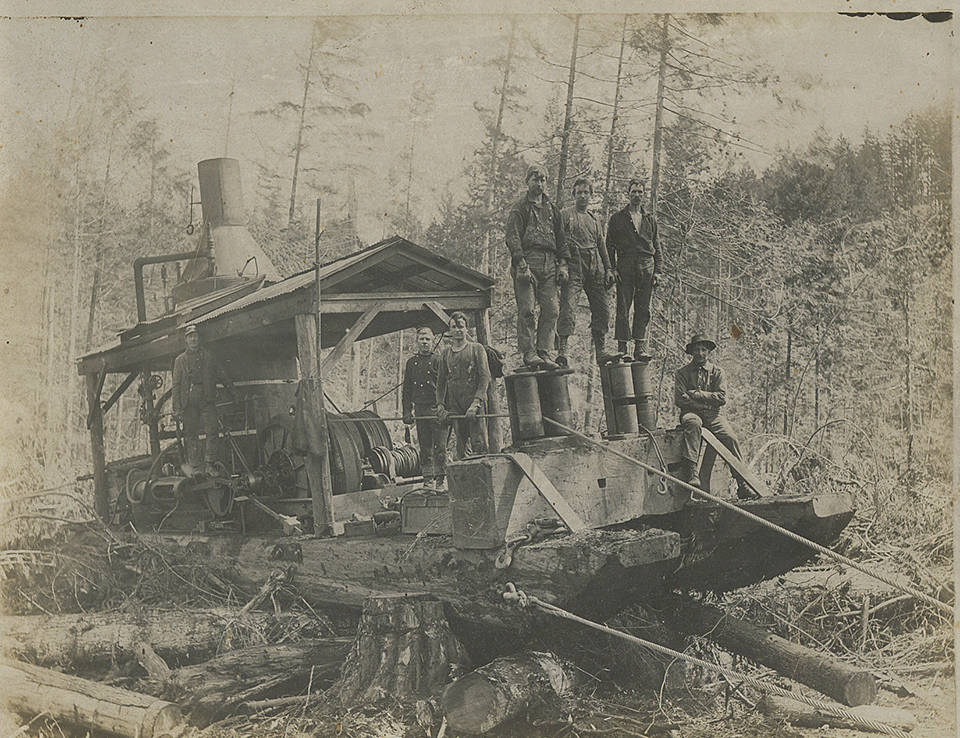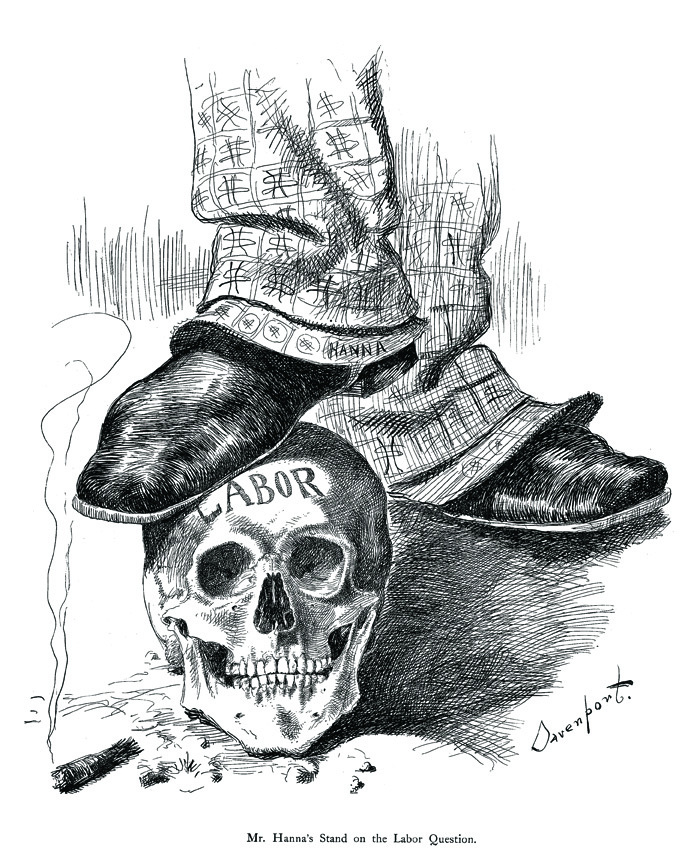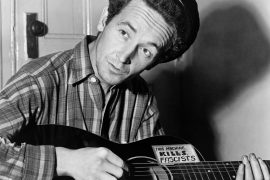Oregon History: The unique Northwest legacy of Simon Benson
written by Sig Unander
One day in the spring of 1867, slender, blue-eyed, 17-year-old Simon Berger-Iverson walked onto a dock in New York after a five-week Atlantic crossing. Like countless emigrants from central Norway, he had come to escape grinding rural poverty and seek a better life. But a careful observer might have detected an unusual intensity in his gaze as he sized up the bustling city. This young man was driven by more than a desire for prosperity. He had something to prove.
Oregon History: Simon Benson’s air castles
Born in the village of Gausdal, Simon was one of seven children. He began working on the small family farm at age 9. Land in the pastoral valley where they eked out a living was so expensive that a farmer could hardly hope to own more than a few acres. Simon bragged that he would become “a great landowner someday.” Practical villagers shook their heads, saying he was just building “air castles” and would never amount to much.
But even Simon—his surname later simplified to Benson—and the villagers who mocked him, couldn’t have foreseen the success he would achieve in “Amerika” or the contributions he would make. He would revolutionize the logging industry, lead the “good roads” movement and chair the Oregon State Highway Commission. His legacy would include Multnomah Falls, the Columbia Gorge Highway, Portland’s iconic “bubbler” water fountains, the Benson Hotel and Benson Polytechnic High School.
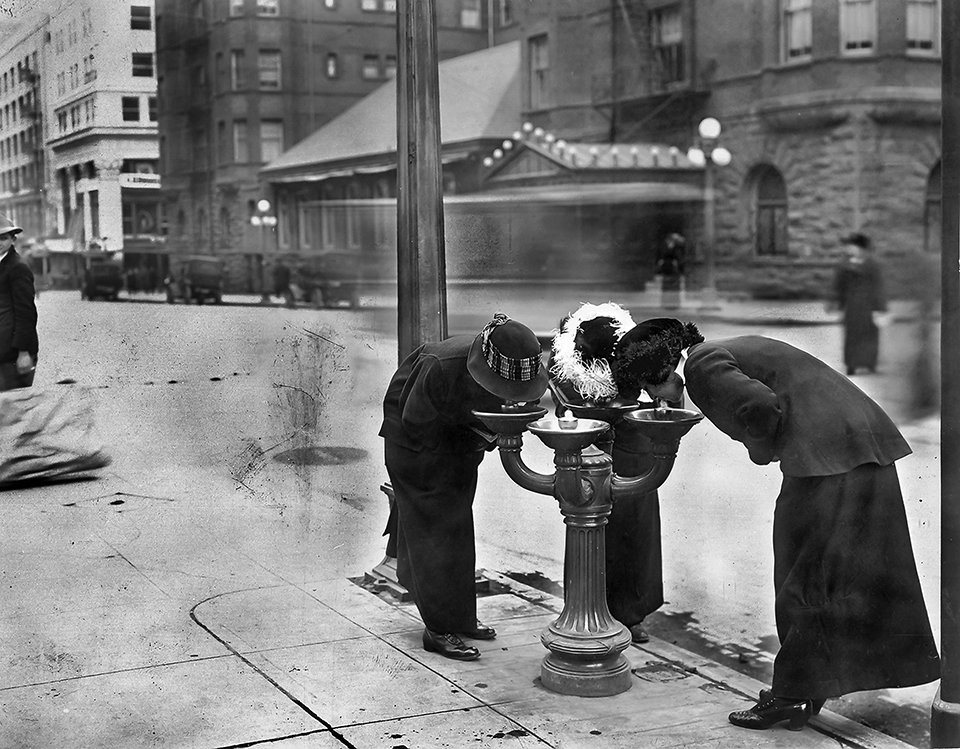
All this lay ahead when Simon arrived, nearly broke, in Portland early in 1879. He had spent several years laboring in Wisconsin logging camps, repaid his ship ticket and learned English. He and his young wife, Esther, opened a successful general goods store in Lynxville, but it burned down, bankrupting the couple. Like others, they came west for a new start.
The timing was good. Along the lower Columbia River lay some of the richest timber stands in the world. Giant Douglas firs—some that had withstood a millennium of fire and storm—reached high into the sky above the shoreline. Portland and its smaller northern cousin, Seattle, were on the verge of explosive growth, and lumber was needed. The greatest logging show on earth was underway.
Simon bought a ticket on a steamer headed downriver to St. Helens. Onboard, he met a logger who hired him to work in his camp for $40 a month. Simon labored long, grueling hours and saved his pay. Soon he was able to buy a quarter-section containing 6 million board feet of timber on credit and start his own business, hiring workers and getting out saw logs. He had no sooner paid back the loan than Esther, now mother to three young children, fell ill with tuberculosis. Her worsening sickness ate up the family savings.
Undaunted, Simon started over, securing equipment on credit and logging timber at Beaver Creek Falls on the Columbia. He cooked for his four-man crew, maintained the equipment and drove the oxen teams. But when it came time to float the logs downstream to market, they jammed tightly in place above the falls. He had to leave them there and sell out.
In 1891 Esther died, leaving Simon a grieving father, alone and mired in debt. Losing his wife and partner would be his greatest loss, a deep and lasting wound. Being broke, though, never troubled him. “Losing your money doesn’t amount to anything so long as you don’t lose your courage,” he’d say. He believed in his ultimate success and had an uncanny ability to convince others of it.
Simon once again began working off his debt with more supplies and equipment on credit. Three years and some hiccups later, he had paid the loan off and had money in the bank.
It was then that his boyhood vision crystallized. “I sat down at the kitchen table with a pencil and paper and did some figuring. I decided to become one of the leading loggers and lumbermen of the West,” he said. “I laid my plans to build large and modern sawmills to cut my logs. The goal I had in mind would require years of hard work, of courage and stick-to-it-iveness, but I knew I could and would succeed.”
Simon approached Ordway & Weider, a Portland firm that owned 4,000 acres of prime timber on the Columbia, near Cathlamet. He had little capital but had previously sold logs to the owners. They took him on as a partner, agreeing to work out the timber together.
Logging then was done by felling trees with crosscut saws and dragging the massive logs with oxen teams down skidroads of greased crossties to a river. Simon could handle the obstinate bulls well enough, but thought moving logs so slowly was a costly bottleneck. New technology, he reasoned, could cut expenses and increase profits. He studied steam engines, never successfully used in the soggy Northwest woods, to see how they might be adapted.
Ignoring skeptics, Simon talked his partners into buying a used Shay locomotive and some steel rails and laying a mile of track back into the hills. After a good deal of trial and error, he devised new ways to use stationary steam-driven “donkey” engines to harvest timber that cut production costs in half. Soon, there wasn’t an ox or horse left in the camps.
Just as the steam operation became profitable, the Depression of the 1890s hit. Log prices plummeted faster than a falling fir tree. Simon’s partners panicked. Julius Ordway sold his share to Simon, as did Weidler. Simon bought more donkey engines and another locomotive and expanded operations, buying up homesteads up and downriver and developing a camp at Oak Point. He had now survived several harrowing waves of boom and bust and was on the verge of realizing his dreams.
In the years that followed, Simon worked both sides of the Columbia. His railroads reached deep into the rugged forestland, topping high ridges and bridging yawning canyons. Branches ran out from main lines to far-flung logging camps. Long trains of flatcars carried logs down to the river, where they would be floated to mills from Kalama to Astoria. On a good day a half-million board feet might splash into the water.
Simon’s most lucrative operations were at Clatskanie, where he would eventually own 45,000 acres. There, 80 miles of track connected nine logging camps, where 250 men worked in shifts, harvesting timber on an industrial scale.
Though managing an extensive operation, Simon was a devoted father, imparting an ethic of hard work and an appreciation of nature. “When Dad had to cruise timber, he often took me along,” his daughter Alice recalled. “Our evenings were fun—he knew all the stars and from them could make a good guess at the weather. He knew sixteen colors of green in the forest. He liked to teach, and I was an eager pupil.”
Oregon History: Simon Benson’s next enterprise
The Northwest was growing, but the most lucrative lumber markets lay distant. San Francisco was rising from the ashes of a catastrophic earthquake and fire and Southern California was booming. Seeking to reap the huge profits to be made by turning timber into lumber, Simon built a mill in San Diego to process his logs. Getting them there was another matter. Southern Pacific Railroad refused to give him fair freight rates, so the logs went nowhere. His solution— build a giant wooden cradle in the river, fill it with 3 million feet of logs, bind them tightly in chains and tow the 800-foot leviathan a thousand miles down coast to San Diego. Skeptics called him crazy, but somehow it worked, and the famous Benson seagoing “cigar” rafts were born.
At age 60, Simon had finally achieved his goals honestly, in an industry notorious for land fraud and timber theft. Unlike Ordway, Weidler and many other logging bosses, he paid fair prices for timber, paid his help well and was never sued or charged with wrongdoing.
Simon’s broadening vision encompassed more than economic success. In 1909, he began to sell off his holdings and entered a decade of service to Oregon. His vision would help transform the state, fostering tourism and commerce, preserving scenic areas and providing educational opportunities. He explained, “A man owes a debt to the state and community which gave him his opportunity of making money.”
His relentless advocacy of a highway system paralleled the rise of the automobile. He toured Oregon with a group of reporters, campaigning for a $40 million dollar paving program. He also funded construction on the Columbia Gorge Highway and promoted a $10 million dollar bond issue to complete the Pacific Highway (now I-5) through Oregon. His dream of an interconnected system that would allow motorists to enjoy the state’s scenery and enable farmers to truck produce to market would be realized.
In recognition of his leadership, he was appointed chairman of the first reconstituted Oregon Highway Commission. During his tenure, the organization that would become the Oregon Department of Transportation was greatly expanded, issuing many contracts for highways, roads and bridges.
In 1915, San Francisco held a spectacular world’s fair to celebrate completion of the Panama Canal and the city’s rebirth. Simon was appointed by the governor to represent his adopted state and honored with a medal as First Citizen of Oregon.
Simon spent his final years managing real estate investments in Los Angeles. A generous benefactor, he pointedly declined one request for a civic project from a councilman in his hometown of Gausdal. Perhaps he remembered the villagers who had scoffed at his talk of becoming a great landowner. Asked once if he had ever told boyhood friends in Norway about his successes, he replied, “No, they would have tapped their heads and said, ‘Still building air castles.’ I was always considered a dreamer.”


